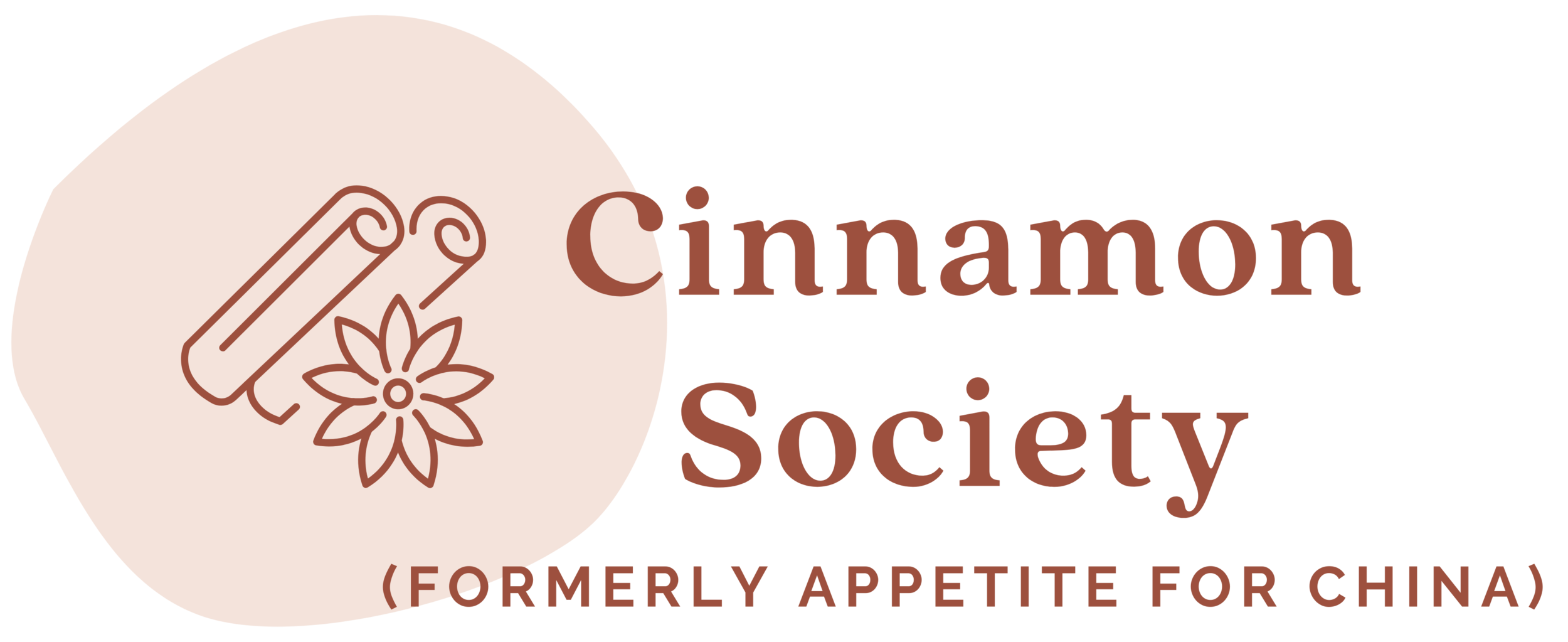Chow Mein, an American Classic
(Photo by pointnshoot, CC)
Ed. - Say you're at your favorite Chinese take-out, feasting on moo goo gai pan and crab rangoon. "I bet they don't really eat this stuff in China," you think, recalling the Discovery Channel special on TV last month. You would be correct. But how did dishes like chow mein and the once ubiquitous chop suey, unrecognizable to anyone in China, become such so well-loved in the US? Author Andrew Coe explores this and other mysteries of the Chinese-American culinary repertoire in his new book Chop Suey: A Cultural History of Chinese Food in the United States, which came out this week. In today's guest post, he gives a glimpse into the past and present life of chow mein.
Somewhere in America right now, noodles are frying. The chef is preparing chow mein, which simply means “fried noodles" in Chinese. But not all fried noodles are alike. In China, the varieties of chow mein are as numerous as the regional cuisines. Some are lightly heated in the wok, while others, particularly in Guangdong province and Hong Kong, are fried in bunches in oil until they’re browned and crispy on the outer edges but still soft in the middle. It was this southern style of chow mein that was carried to the United States by the Chinese immigrants.
Back in the 19th century, America was introduced to chow mein after it had already fallen for chop suey. The setting was Mott Street in New York’s Chinatown, in the 1880s. While New Yorkers were wolfing down bowls full of chop suey, they began to notice something on the menu called chow mein, described as “fried vermicelli with strips of pork, celery, onions, and spices.” Notice the celery and onion on the ingredient list; those are also two of the key components of chop suey, providing a base of flavor and sweetness for the dish. In fact, what New Yorkers came to like about chow mein was both its resemblance to chop suey and a special quality of those
fried noodles. In Roy L. M’Cardell’s humorous column “Conversations With a Chorus Girl” (1903), his attractive but ditzy protagonist touts the wonders of chow mein: “Gee! I like it. You’d think the vermicelli was Saratoga chips cut into strings.” (Saratoga chips was the original name for potato chips.) The resemblance to potato chips would make chow mein a star.
In southern China, chefs tried to balance the crisp and the soft parts of the noodles. In the United States, we only wanted the crunchy parts. In the Mandarin Chop Suey Cook Book from 1928, the author tells us how to prepare the egg noodles: “Put five cups pure lard in a large pan on the stove--have lard hot, then add noodles; fry until brown (like one fries shoe-string potatoes). Spread a large sheet of white paper on the table, then take noodles from pan, spread on the paper, let cool.” Or you could just reach into the cupboard for a can of La Choy Chow Mein Noodles, which gave you the crispy bits without the work.
In fact, La Choy (founded in 1922 by two University of Michigan graduates) also sold you the rest of a Chinese-American meal in a can. To make chop suey, just open and heat a can of La Choy Chicken Chop Suey and pour it over rice. To make chow mein, just open and heat the same can and pour it over La Choy Chow Mein Noodles. La Choy later erased any possible confusion by labeling their cans “Chicken Chop Suey or Chow Mein,” promising that their preparation was “Chineasy!”
Crispy noodles migrated in ways that no South Chinese chef would have imagined: as a pre-meal appetizer to be dipped in sweet plum sauce, as a textured mix into dishes like creamed tuna chow mein, and blended like Rice Krispies into all kinds of cookies and other sweets. Because cooks could buy crispy noodles in bulk from the nearest Chinese noodle manufacturer, chow mein became the most popular dish in the Chinese-American repertoire. If diners wanted to show off, they would order the "subgum chow mein", containing the usual sprouts, celery, and meat as well as a water chestnuts, bamboo shoots, mushrooms, almonds, Chinese cabbage, and so on, most of it from a can and all of it cooked until soggy and flavorless.
Luckily, immigration has the power to reverse culinary trends, at least in part. Today, you can find many Cantonese restaurants in the nation’s various Chinatowns where the chefs know how to prepare chow mein South China-style: crispy on the outside and soft in the middle. But in the vast majority of Chinese restaurants (there are now over 40,000 in the US), tradition still rules. Chop suey is quickly disappearing, except in the Midwest, but American-style chow mein is available almost everywhere. Considering the usually minimal difference between the two dishes, it must be the noodles.
_____________________________
Related posts:
When Chinese Food was Glamorous in America
Top 5 Movies Starring Chinese Food
Orange Sesame Chicken; or, Remembrance of Kosher Chinese Past


